Did you know that Arkansas Traveler tomatoes are not only flavorful but also perfect for organic gardening? These heirloom tomatoes, originating in the Ozark Mountains before 1900, have gained popularity for their delicious taste and unique characteristics. If you’re interested in growing tomatoes and want to try something special, Arkansas Traveler tomatoes are an excellent choice.
Key Takeaways:
- Arkansas Traveler tomatoes are flavorful heirloom tomatoes ideal for organic gardening.
- They originated in the Ozark Mountains and are known for their medium-sized, flavorful tomatoes.
- These tomatoes are resistant to cracking and can thrive in drought and hot weather conditions.
- Arkansas Traveler tomato plants do best in tall cages and are available in limited quantities in certain states.
About Arkansas Traveler Tomatoes
When it comes to heirloom tomato varieties, Arkansas Traveler tomatoes are a standout choice. Bred at the University of Arkansas and released in 1971, these indeterminate tomatoes are known for their exceptional flavor and unique characteristics. With their pleasant pink color, mild taste, and remarkable heat and drought resistance, they are a favorite among gardeners in hot climates.
Unlike determinate tomatoes that produce fruit in a more compact timeframe, indeterminate tomatoes like Arkansas Traveler continue to grow and produce fruit throughout the season. This extended harvest period allows tomato lovers to enjoy a bountiful supply of fresh, homegrown tomatoes for an extended period.
Characteristics of Arkansas Traveler Tomatoes
Arkansas Traveler tomatoes have several distinctive features that set them apart from other tomato varieties. Here are the key characteristics:
- Pleasant pink color: The vibrant and appealing pink color of Arkansas Traveler tomatoes adds a touch of beauty to any dish or garden.
- Mild flavor: These tomatoes have a mild yet delicious flavor that makes them perfect for slicing and using in salads, sandwiches, and other culinary creations.
- Heat and drought resistance: Arkansas Traveler tomatoes are designed to thrive in hot climates. Their ability to withstand high temperatures and limited water availability makes them an excellent choice for gardeners in arid regions.
Arkansas Traveler Tomato Varieties Comparison
Let’s compare Arkansas Traveler tomatoes with other popular heirloom tomato varieties:
| Tomato Variety | Color | Flavor | Disease Resistance |
|---|---|---|---|
| Arkansas Traveler | Pink | Mild | Heat and drought resistant |
| Cherokee Purple | Purple | Sweet and rich | Disease susceptible |
| Better Boy | Red | Classic tomato flavor | Resistant to many diseases |
| Super Sweet 100 | Red | Exceptionally sweet | Highly disease resistant |
| Cherry tomatoes | Various colors | Sweet and tangy | Varying disease resistance |
“Arkansas Traveler tomatoes have a subtle and delightful flavor that makes them a favorite among tomato enthusiasts. Their heat and drought resistance make them my go-to choice for my hot and dry garden.” – Mary, gardener and tomato lover
Planting Arkansas Traveler Tomatoes
When it comes to growing your own delicious tomatoes, Arkansas Traveler tomatoes are a fantastic choice. Whether you prefer to start from seeds or purchase starter plants, I’ll guide you through the process to ensure a successful harvest.
Starting from Seeds or Purchasing Starter Plants
Arkansas Traveler tomatoes can be started from seeds indoors 6-8 weeks before the last frost date. This allows them to germinate in a controlled environment, giving them a head start before transplanting them outdoors. Make sure to use high-quality seeds and follow the instructions on the seed packet for optimal results.
Alternatively, you can purchase starter plants from a local nursery or garden center. This is a convenient option if you don’t have the time or resources to start from seeds. Look for healthy plants with lush foliage and strong stems.
Transplanting Seedlings
Once the danger of frost has passed and the soil has warmed up, it’s time to transplant your seedlings outdoors. Choose a sunny spot in your garden with well-draining soil. Arkansas Traveler tomatoes thrive in full sun, so select a location that receives at least 6-8 hours of direct sunlight daily.
Before transplanting, harden off your seedlings by gradually exposing them to outdoor conditions. This helps them adjust to the changes in temperature and intensity of sunlight. Start by placing them outdoors for a few hours a day and gradually increase the duration over the course of a week.
When planting, make sure to space the seedlings at least 36 inches apart. This gives them ample room to grow and prevents overcrowding. Dig a hole slightly deeper and wider than the root ball and gently place the seedling in the hole. Fill the hole with soil, pressing it gently around the stem to secure the plant.
Providing Support
As your Arkansas Traveler tomato plants grow, they will benefit from support such as cages or stakes. This helps to keep the vines upright, promotes proper air circulation, and prevents the fruits from touching the ground. You can find tomato cages or stakes at your local garden center or make your own using materials like bamboo or metal rods.
Place the support structure in the ground near the seedling when transplanting. As the plant grows, gently tie the main stem to the support structure using soft plant ties or strips of fabric. Make sure not to tie it too tightly to avoid damaging the stem.
Growing Conditions for Arkansas Traveler Tomatoes
When it comes to growing Arkansas Traveler tomatoes, providing the right growing conditions is crucial for their success. These tomatoes thrive in full sun and well-draining soil, making them an excellent choice for organic vegetable gardening.
To ensure optimal growth and fruit production, Arkansas Traveler tomatoes require a minimum of 6-8 hours of direct sunlight daily. This means choosing a sunny spot in your garden or providing sufficient light if you’re growing them indoors.
The soil should be well-draining and rich in organic matter. Prior to planting, it’s beneficial to amend the soil with compost or well-rotted manure to improve fertility and provide essential nutrients for the plants.
Regular watering is necessary, especially during dry periods, to keep the soil moist. However, it’s important not to overwater, as excessive moisture can lead to root rot. Maintaining a balance in watering is key for the overall health and productivity of your Arkansas Traveler tomato plants.
Remember, finding the right balance of sunlight, soil quality, and watering is crucial for successful vegetable gardening.
Growing Conditions for Arkansas Traveler Tomatoes
| Growing Condition | Requirements |
|---|---|
| Sunlight | 6-8 hours of direct sunlight daily |
| Soil | Well-draining and rich in organic matter |
| Watering | Keep the soil evenly moist, avoiding overwatering |
By providing the right growing conditions, your Arkansas Traveler tomatoes will thrive and reward you with delicious and flavorful harvests. Remember to monitor the plants regularly and make any necessary adjustments to ensure their well-being throughout the growing season.
Watering and Fertilizing Arkansas Traveler Tomatoes
Proper watering and fertilizing are key to the success of your Arkansas Traveler tomato plants. These organic gardening techniques will ensure that your tomatoes receive the necessary moisture and nutrients for healthy growth and abundant fruit production.
Watering Arkansas Traveler Tomatoes
Arkansas Traveler tomatoes require consistent moisture, especially during the hot summer months. It’s important to water them deeply and regularly to keep the soil evenly moist. However, be cautious not to overwater, as this can lead to waterlogged conditions and root rot.
One effective way to conserve moisture and prevent weed growth is by applying a layer of organic mulch around the plants. Mulching also helps to regulate soil temperature, retain moisture, and suppress weed competition.
Remember to check the moisture level of the soil regularly, particularly during dry periods, and adjust your watering schedule accordingly. The goal is to provide a consistent level of moisture without creating waterlogged conditions.
Fertilizing Arkansas Traveler Tomatoes
Fertilizing your Arkansas Traveler tomatoes with organic tomato fertilizer or compost is essential for nourishing the plants and ensuring healthy growth. These vegetables need a balanced supply of nutrients to develop strong roots, sturdy stems, and vibrant foliage.
Apply the fertilizer or compost according to the manufacturer’s instructions or consider using the recommended application rates for organic gardening. It’s generally recommended to fertilize the plants every few weeks during the growing season to keep them well-nourished.
Alternatively, you can top-dress with compost around the base of the plants, which will slowly release nutrients into the soil as it breaks down.
Watering and Fertilizing Recommendations
| Watering | Fertilizing |
|---|---|
| Water deeply and regularly to keep the soil evenly moist. | Apply organic tomato fertilizer or compost every few weeks. |
| Avoid overwatering, as it can cause waterlogged conditions and root rot. | Follow the manufacturer’s instructions or recommended application rates. |
| Apply a layer of organic mulch to conserve moisture and prevent weed growth. | Top-dress with compost for slow-release nutrients. |
Proper watering and fertilizing techniques are essential for growing healthy and productive Arkansas Traveler tomatoes. By providing consistent moisture and supplying the necessary nutrients, you can ensure that your tomato plants thrive and reward you with a bountiful harvest. Remember to monitor the moisture level of the soil, avoid overwatering, and use organic fertilizers for a sustainable and eco-friendly approach to vegetable gardening.
Pruning and Supporting Arkansas Traveler Tomatoes
When it comes to growing robust and healthy Arkansas Traveler tomatoes, pruning and providing proper support are essential steps. Pruning helps improve airflow and reduce the risk of diseases, while support structures such as trellises, cages, or stakes prevent the vines from sprawling on the ground.
Pruning for Enhanced Growth
One crucial aspect of pruning Arkansas Traveler tomato plants is removing the suckers that grow in the leaf axils. These suckers are small, lateral shoots that emerge between the main stem and branches. By removing these suckers, I can concentrate the plant’s energy on fruit production, resulting in larger and more flavorful tomatoes.
Supporting the Vines
Supporting the growing vines is equally important to ensure the health and productivity of your Arkansas Traveler tomato plants. By using trellises, cages, or stakes, I can keep the plants upright, preventing them from sprawling on the ground. This not only saves space in the garden but also promotes better air circulation around the foliage, reducing the risk of fungal diseases.
Best Practices for Pruning and Supporting
When pruning, I recommend using clean, sharp pruning shears to make clean cuts and minimize the risk of infecting the plant. Start by removing any suckers that emerge below the first flower cluster, as these are unlikely to produce significant growth or fruit. For indeterminate varieties like the Arkansas Traveler, continue removing suckers as they appear throughout the growing season, ensuring the plant’s energy is focused on fruit development.
As for providing support, I find that using cages or stakes is the most practical method. Gently tie the main stem to the stake or secure it within the cage using soft strips of fabric or gardening ties. As the plant grows, continue securing the branches to the support structure to maintain an upright position.
By implementing these pruning and supporting techniques, you can help your Arkansas Traveler tomato plants thrive, leading to abundant harvests of juicy and delicious tomatoes!
Pest and Disease Management for Arkansas Traveler Tomatoes
While Arkansas Traveler tomatoes are known for their resistance to diseases and pests, they can still be susceptible to common tomato ailments. Some of these include early blight, late blight, and powdery mildew. To ensure the health and productivity of your tomato plants, it’s crucial to regularly monitor them for any signs of disease or insect infestations.
One effective method of pest and disease control in organic gardening is handpicking insects. Inspect your plants regularly and remove any pests you find by hand. Another option is to use insecticidal soap, which is a safe and organic solution. It helps to control common pests like aphids, spider mites, and whiteflies without harming beneficial insects or the environment.
Proper spacing between your tomato plants is also essential for preventing the development and spread of diseases. Make sure to provide adequate airflow by planting them at least 36 inches apart. Good air circulation helps to dry out the foliage, reducing the chances of diseases taking hold.
H3: Tips for Pest and Disease Management
- Regularly inspect your tomato plants for signs of diseases or pests.
- Handpick insects when possible, or use organic insecticidal soap.
- Ensure proper spacing between plants for good airflow.
- Keep the foliage dry to minimize the risk of diseases.
“Regular monitoring and early intervention are key to keeping your Arkansas Traveler tomato plants healthy. By staying vigilant and using organic pest control methods, you can minimize the impact of common diseases and pests on your crop.”
Proper pest and disease management is crucial for maintaining the health and vitality of your Arkansas Traveler tomato plants. By following these tips and implementing organic gardening practices, you can enjoy a bountiful harvest of delicious, disease-free tomatoes. Continue to care for your plants, keep a watchful eye, and address any issues promptly for optimal results in your organic gardening journey.
Harvesting Arkansas Traveler Tomatoes
After patiently nurturing your Arkansas Traveler tomato plants, it’s time to enjoy the fruits of your labor. When it comes to harvesting these flavorful tomatoes, timing is everything. Typically, Arkansas Traveler tomatoes are ready for harvest 75-80 days after planting, providing you with a delicious bounty.
So how do you know when it’s time to pick your Arkansas Traveler tomatoes? Look for fruits with a beautiful pink color, a sign that they have ripened to perfection. Gently squeeze the tomatoes, and they should feel firm but slightly soft, indicating optimal ripeness.
To harvest your tomatoes, twist or gently pull them from the vine, taking care not to damage the stem or nearby fruits. It’s best to use a gentle touch to avoid bruising the delicate tomato skin. By harvesting regularly as your tomatoes ripen, you not only get to enjoy them at their peak flavor but also encourage the plant to produce more delicious fruit.
“The joy of harvesting ripe Arkansas Traveler tomatoes is unmatched. From the vibrant pink color to the juicy, light texture, each tomato is a delightful treat straight from nature’s garden.”
To prevent overripe tomatoes from attracting pests or diseases, it’s important to stay vigilant and remove them from the vine promptly. Ripe tomatoes left untouched can quickly become a target for unwanted garden visitors.
So go ahead and pluck those ripe, juicy Arkansas Traveler tomatoes from the vine, and savor their fresh, homegrown goodness.
Tips for Harvesting Arkansas Traveler Tomatoes:
- Wait until the tomatoes have a pink color and feel firm but slightly soft when gently squeezed.
- Gently twist or pull the tomatoes from the vine, being careful not to damage the stem or nearby fruits.
- Harvest regularly to promote more fruit production and prevent overripe tomatoes.
Storing and Using Arkansas Traveler Tomatoes
After successfully growing your Arkansas Traveler tomatoes, it’s time to enjoy the fruits of your labor. These tomatoes are best savored when they are fresh and perfectly ripe. However, if you find yourself with an abundance of tomatoes, there are several ways to store and make the most of them.
To store Arkansas Traveler tomatoes, it is recommended to keep them at room temperature. This allows them to fully ripen and develop their delicious flavors. Remember to place them in a single layer and avoid overcrowding, as this can lead to bruising and spoilage.
If you have more tomatoes than you can consume in a short period, consider preserving them through canning, freezing, or drying. These methods allow you to enjoy their flavors even during the off-season.
| Preservation Method | Description |
|---|---|
| Canning | Arkansas Traveler tomatoes can be safely canned in jars to preserve their freshness for an extended period. Use a pressure canner or a boiling water bath canner to ensure safe preservation. |
| Freezing | Freezing is a convenient way to store Arkansas Traveler tomatoes for future use. Wash and blanch the tomatoes before freezing to maintain their texture and flavor. They can be frozen whole, as slices, or as tomato puree. |
| Drying | Dehydrating Arkansas Traveler tomatoes intensifies their flavor and creates a versatile ingredient. You can air-dry them, use a food dehydrator, or even dry them in the oven at a low temperature. |
Once you have preserved your Arkansas Traveler tomatoes or if you simply have a fresh batch, there are numerous ways to incorporate them into your favorite dishes. Their mild and flavorful taste makes them a versatile ingredient for salads, sandwiches, salsas, and sauces. Consider roasting or grilling them to bring out a smoky and rich depth of flavor.
“Arkansas Traveler tomatoes are a true delight to use in recipes. Their juicy and sweet flesh adds a burst of freshness to any dish.”
Whether you choose to enjoy Arkansas Traveler tomatoes fresh or preserve them for later, you can savor their delicious taste throughout the year. Experiment with different recipes and techniques to make the most of these wonderful tomatoes.
Other Tomato Varieties to Consider
While Arkansas Traveler tomatoes are a great choice for gardeners, there are other tomato varieties worth considering. Experimenting with different tomato varieties can add diversity to your garden and provide a range of flavors for your culinary creations.
Popular Tomato Varieties:
- Cherokee Purple
- Better Boy
- Super Sweet 100
- Cherry tomatoes
Each variety has its own unique characteristics, flavors, and growth habits. Let’s take a closer look at these options:
| Variety | Characteristics | Flavor | Growth Habit |
|---|---|---|---|
| Cherokee Purple | Medium-sized, deep purple-brown fruits | Sweet, rich, and earthy | Indeterminate |
| Better Boy | Large, firm, and disease-resistant fruits | Classic tomato flavor | Indeterminate |
| Super Sweet 100 | Clusters of bite-sized, red fruits | Intensely sweet and juicy | Indeterminate |
| Cherry tomatoes | Small, round, and vibrant red (or yellow) fruits | Sweet and tangy | Indeterminate or determinate |
These tomato varieties offer a range of flavors, sizes, and growth habits. Whether you prefer the deep and rich flavor of Cherokee Purple or the sweet burst of Super Sweet 100, there’s a tomato variety to suit every taste.
Remember to consider the space and support needed for each variety when planning your garden. Happy tomato growing!
Tips for Successful Tomato Gardening
To ensure a successful tomato garden, follow these essential gardening tips:
- Choose disease-resistant tomato varieties: Look for tomato plants specifically bred to resist common tomato diseases. This will help reduce the risk of pests and ensure healthier plants.
- Rotate your tomato crops annually: Avoid planting tomatoes in the same spot year after year to prevent the buildup of soil-borne diseases and pests. Rotate your crops with other vegetables to maintain soil health.
- Provide adequate spacing between tomato plants: Tomato plants need room to grow and thrive. Plant them at least 24-36 inches apart to allow for proper airflow and prevent overcrowding.
- Mulch to conserve moisture: Apply a layer of organic mulch around the base of tomato plants to retain moisture, regulate soil temperature, and suppress weed growth.
- Water consistently: Tomatoes require regular and consistent watering to maintain even moisture levels. Avoid overwatering, which can lead to root rot, and ensure the soil is moist but not waterlogged.
- Fertilize regularly: Feed your tomato plants with organic tomato fertilizer or compost to provide them with essential nutrients. Follow the fertilizer package instructions for proper application.
- Prune for better airflow: Remove suckers (the small side shoots that grow in the leaf axils) to encourage airflow and reduce the risk of diseases. Focus the plant’s energy on fruit production by removing excess foliage.
- Monitor for pests and diseases: Regularly check your tomato plants for signs of pests and diseases. Take immediate action if you notice any issues, using organic pest control methods or seeking expert advice if necessary.
- Harvest at the right time: Harvest tomatoes when they are fully ripe for the best flavor. Gently twist or pull them from the vine, taking care not to damage the stems or nearby fruits.
- Store or use tomatoes appropriately: Enjoy fresh tomatoes at their peak ripeness, and preserve any excess by canning, freezing, or drying. Explore various culinary applications such as salads, sandwiches, salsas, sauces, or roasted dishes.
By learning from experience and implementing these gardening tips, you can cultivate healthy tomato plants and enjoy a bountiful harvest in your organic garden.
Conclusion
Growing Arkansas Traveler tomatoes can be a truly rewarding experience for any gardener. These unique heirloom tomatoes are not only heat and drought-resistant but also offer a mild and flavorful taste that adds a delicious touch to any dish. With a little bit of care and attention, you can enjoy a bountiful harvest of these pink beauties in your own organic garden.
Whether you are a seasoned gardener with years of experience or a beginner, Arkansas Traveler tomatoes are definitely worth considering. Their versatility makes them suitable for various culinary applications, from fresh salads to homemade sauces. Plus, their resistance to cracking and their ability to thrive in hot weather make them a reliable choice for gardeners in warmer climates.
Remember to provide optimal growing conditions, such as full sun exposure and well-draining soil. Regular watering, mulching, and organic fertilizing will help these plants flourish. Whether you decide to grow them from seeds or as starter plants, be sure to provide them with proper support, such as tall cages or stakes, to keep the vines upright and promote better airflow.
So, why wait? Get ready to embark on your tomato-growing journey with Arkansas Traveler tomatoes. Whether you’re harvesting them for your family’s meals or simply enjoying the process of nurturing these plants, you’ll be rewarded with a taste that is both delicious and satisfying. Happy tomato gardening!

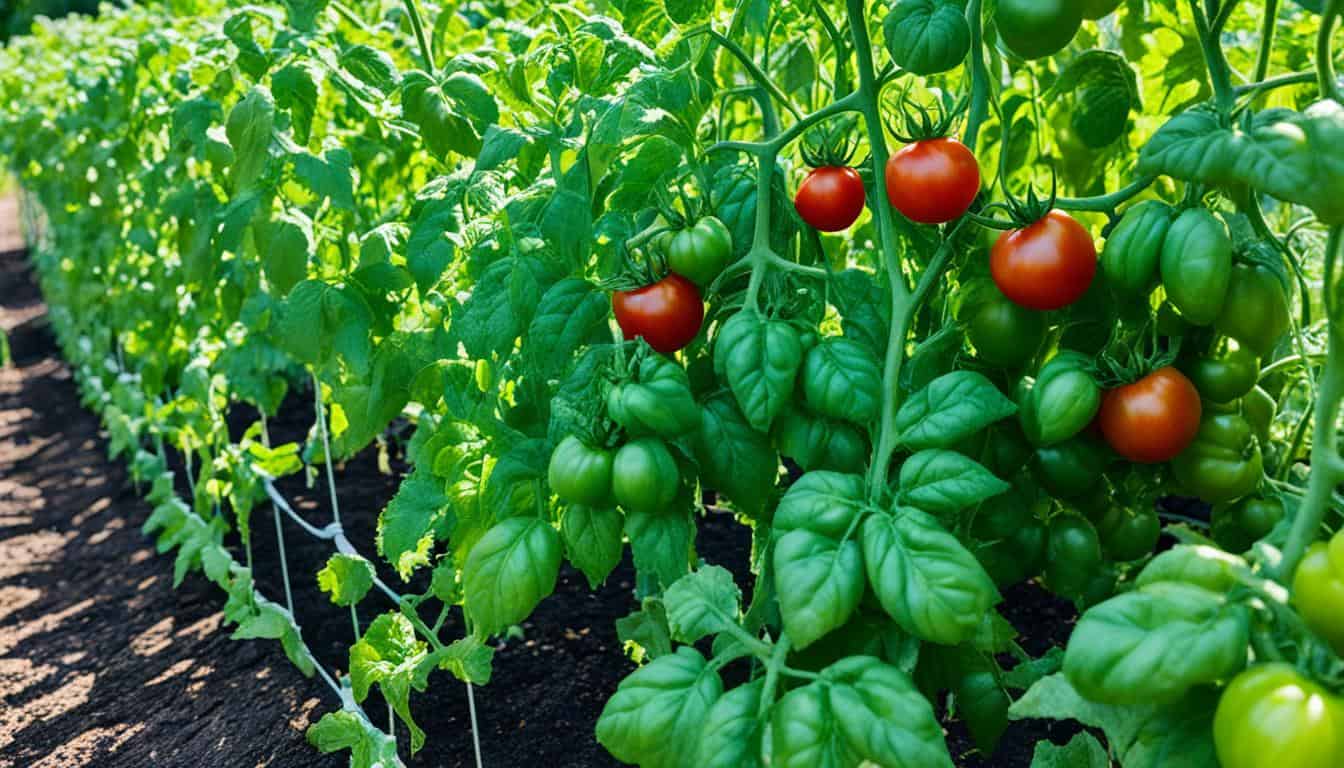
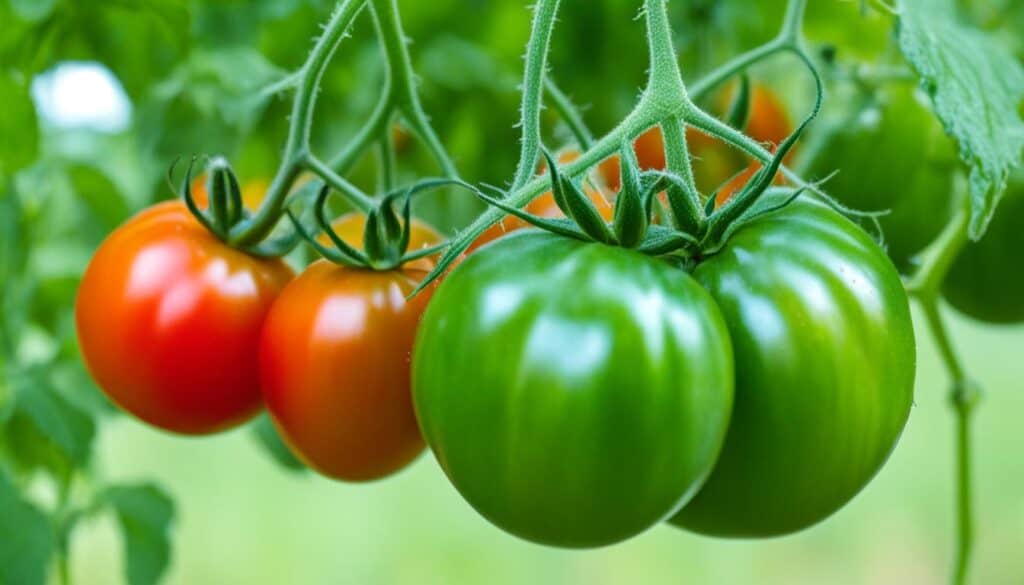
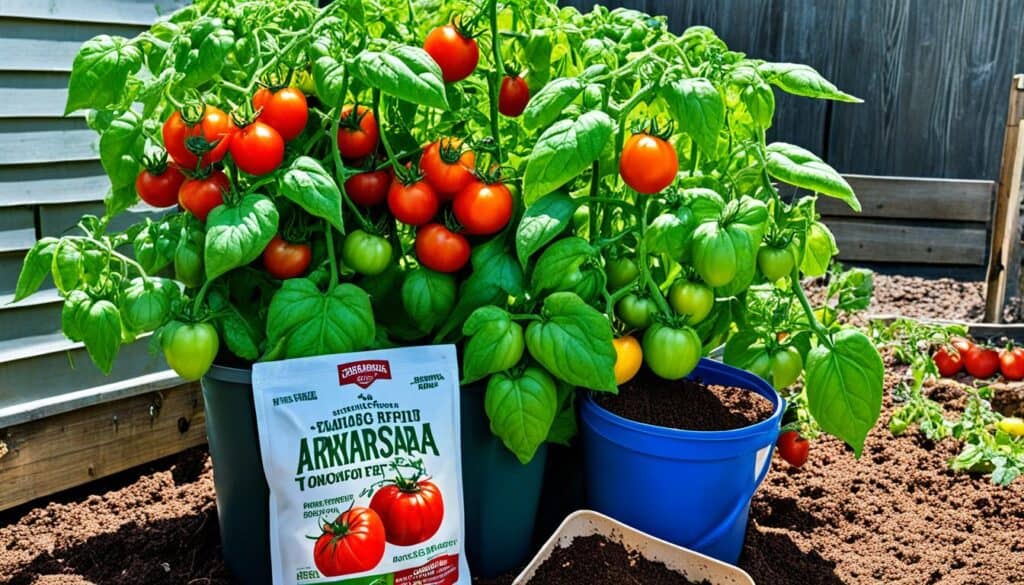
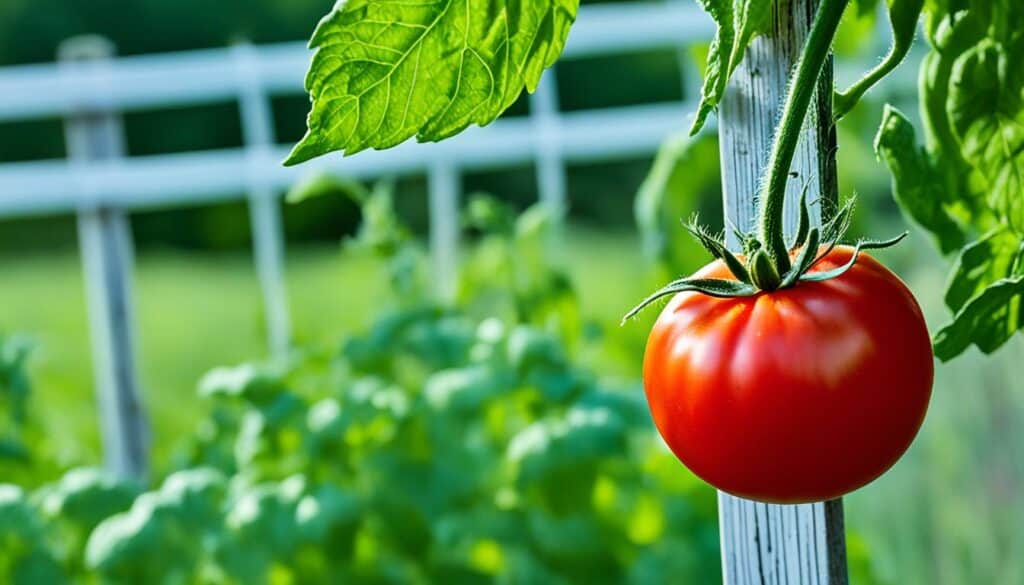
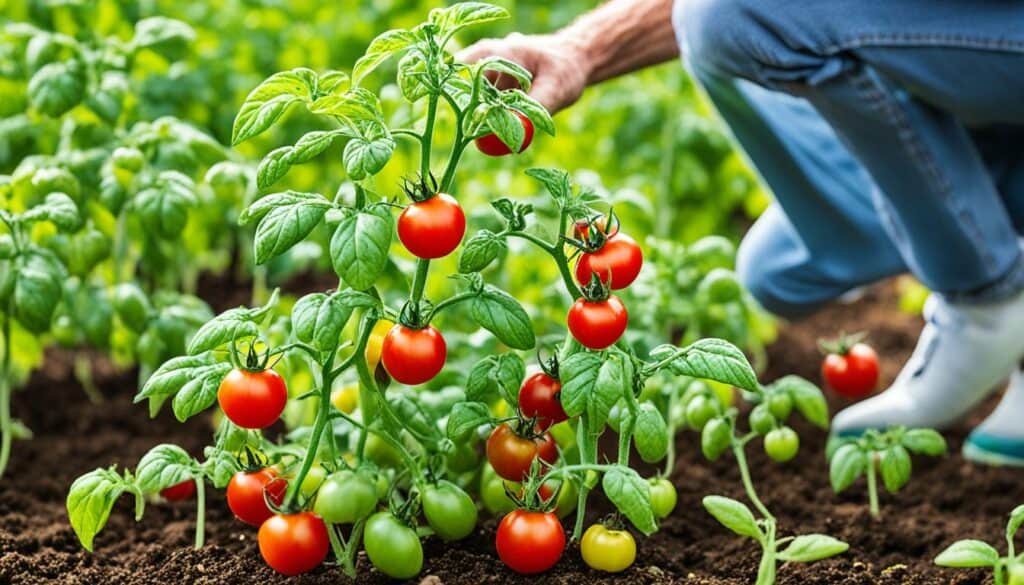
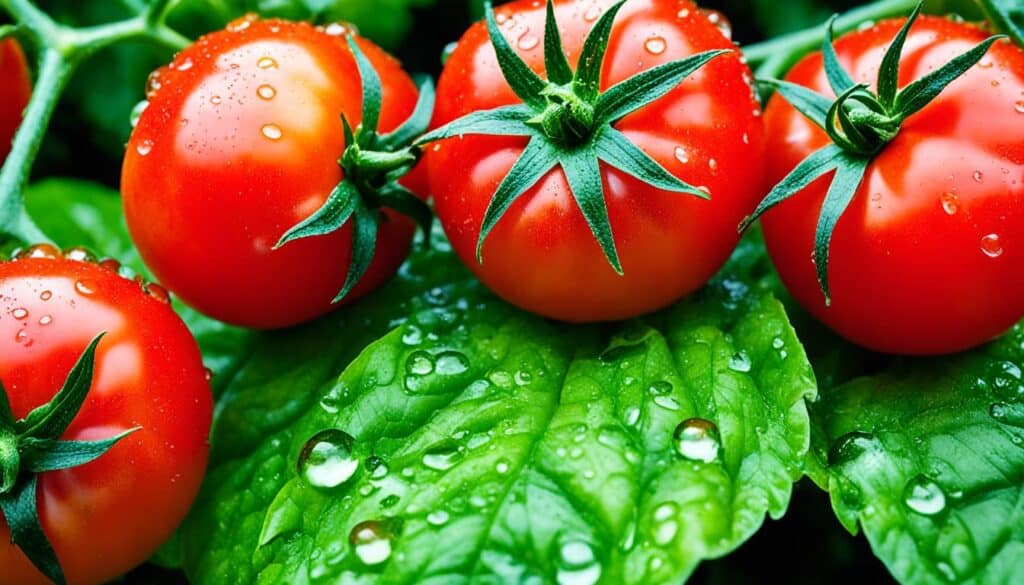

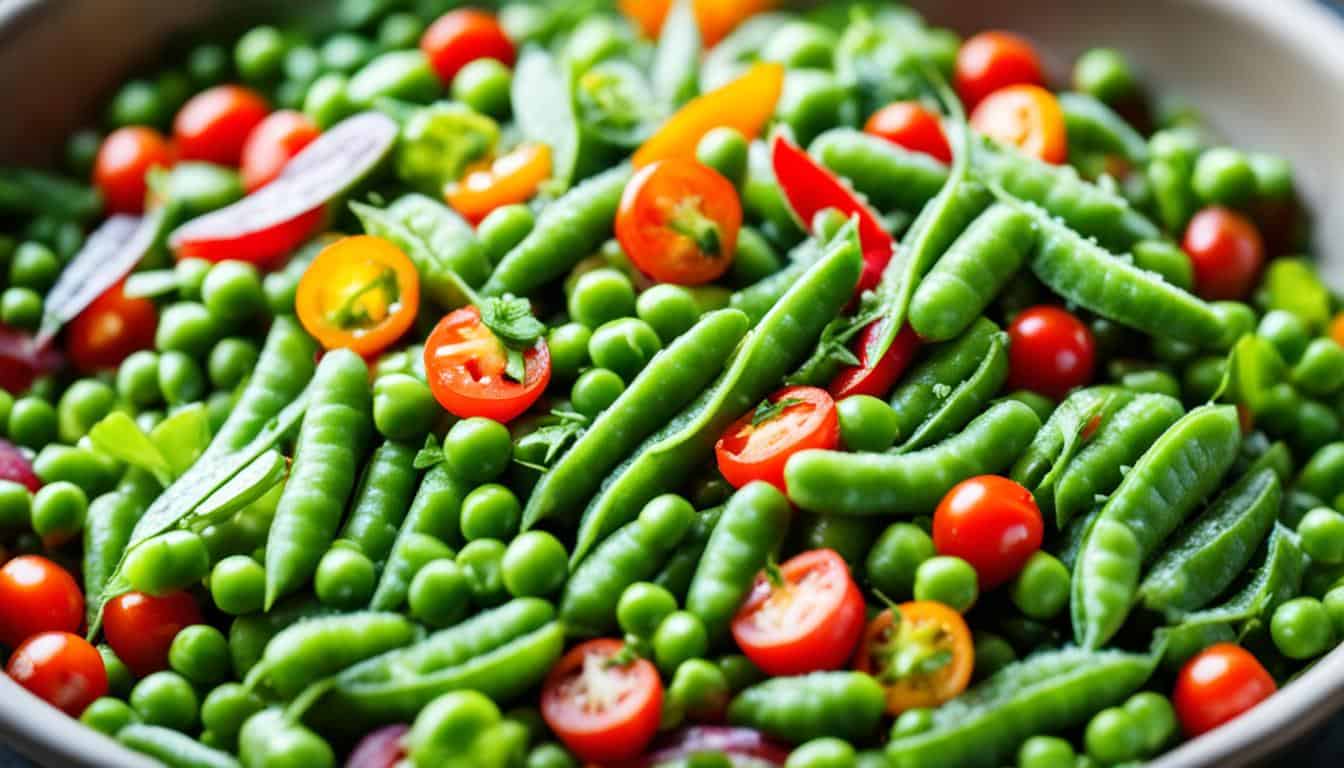
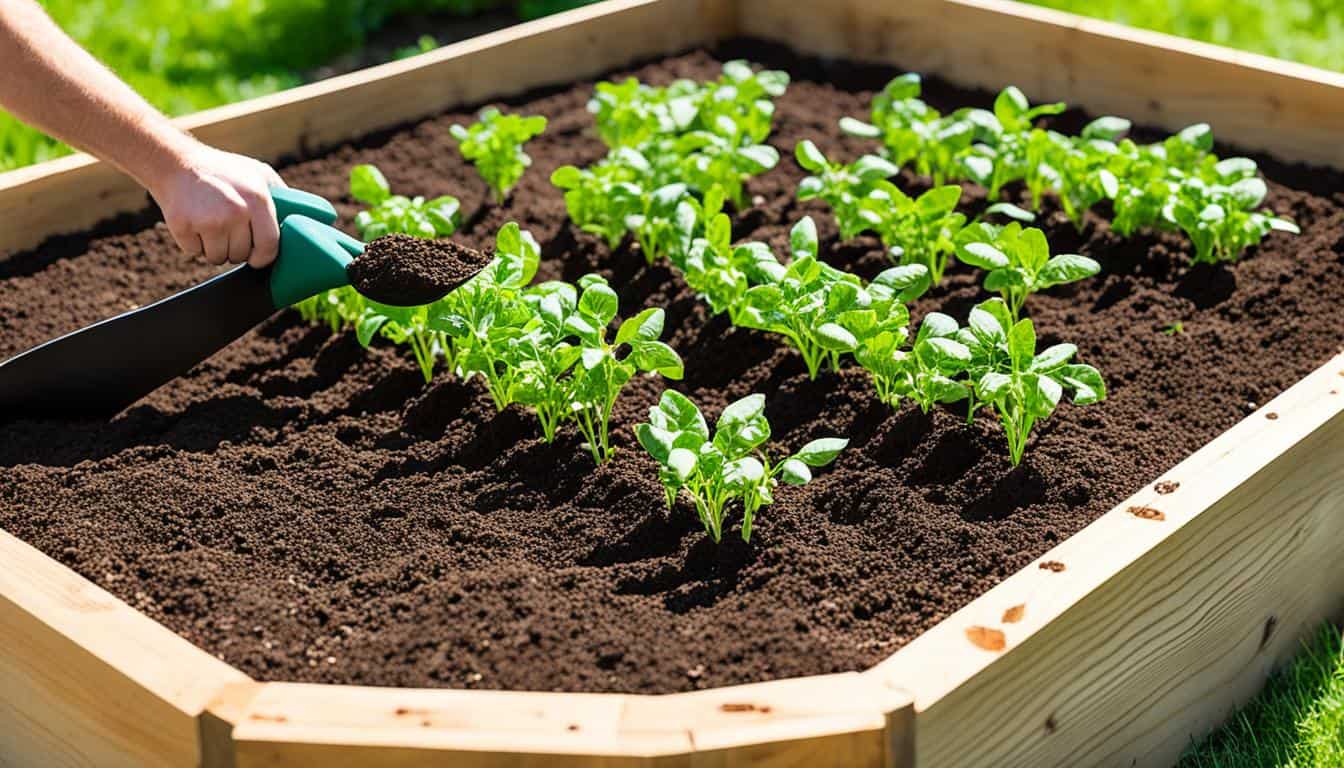
Leave a Reply